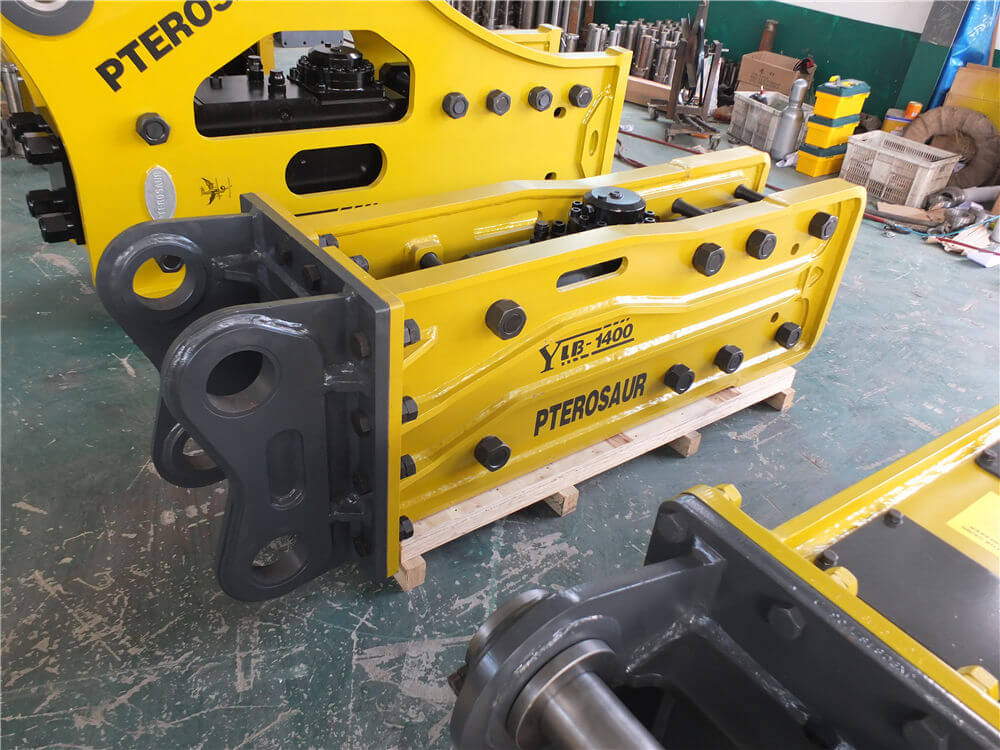Safe Work Method Statement for Hydraulic Pile Breakers
In the construction and demolition industry, ensuring the safety of workers while using heavy machinery is paramount. One such piece of equipment that requires careful handling is the hydraulic pile breaker, used for cutting reinforced concrete piles to the specified design level. This article outlines the Safe Work Method Statement (SWMS) for operating hydraulic pile breakers, emphasizing the importance of safety regulations and best practices.
Understanding the Hydraulic Pile Breaker
A hydraulic pile breaker is a powerful tool designed to cut concrete piles efficiently. It operates by applying hydraulic pressure to break down the material, making it an essential asset in construction projects where precise pile cutting is required. The effectiveness of this tool relies on proper operation techniques and adherence to safety protocols.
Importance of a Safe Work Method Statement (SWMS)
Under the Work Health and Safety Regulation (WHS Regulation), it is mandatory for persons conducting a business or undertaking (PCBU) to ensure a Safe Work Method Statement is in place. A well-structured SWMS serves as a comprehensive guide that outlines the necessary steps to ensure safety while using hydraulic equipment. It addresses potential hazards, risk assessments, and the measures in place to mitigate risks.
Key Components of the SWMS for Hydraulic Pile Breakers
-
Risk Assessments: Before commencing work, it is crucial to perform a risk assessment to identify potential hazards associated with hydraulic pile breaker operations. This includes assessing the work environment, evaluating the condition of the equipment, and identifying any risks related to worker health and safety.
-
Preparation and Training: All operators must be adequately trained in using hydraulic breakers. This training should cover operational procedures, emergency protocols, and the proper use of personal protective equipment (PPE).
-
Equipment Inspection: Regular inspections of the hydraulic pile breaker and its components are essential to ensure functionality and safety. Any signs of wear or damage should be addressed immediately.
-
Work Area Setup: The work area should be clearly marked, with adequate space to operate the hydraulic pile breaker safely. Barriers should be set up to prevent unauthorized access.
-
Operational Procedures: The SWMS should detail step-by-step operational procedures, including:
- Proper setup of the hydraulic breaker on the machine
- Connection to hydraulic circuits
- Techniques for cutting piles to the designated levels
-
Monitoring the operation for any signs of malfunction
-
Emergency Protocols: In the event of an emergency, operators should be familiar with emergency shutdown procedures and first aid measures. A clear understanding of potential hazards can reduce the risk of accidents.
-
Environmental Considerations: Noise and dust control measures should be implemented, such as using sound-dampening covers and water sprays to mitigate airborne particles during operation.
Conclusion
The Safe Work Method Statement for hydraulic pile breakers is an essential document that ensures the safety and efficiency of operations involving this powerful machinery. By adhering to the guidelines outlined in the SWMS, operators can significantly reduce the risk of accidents and injuries, promoting a safer work environment. For more detailed guidance on creating an SWMS specific to hydraulic pile breakers, resources are available from reputable construction safety organizations and training programs.



































